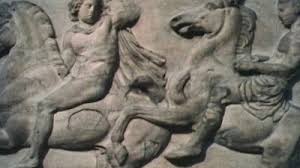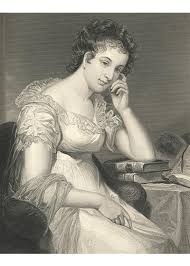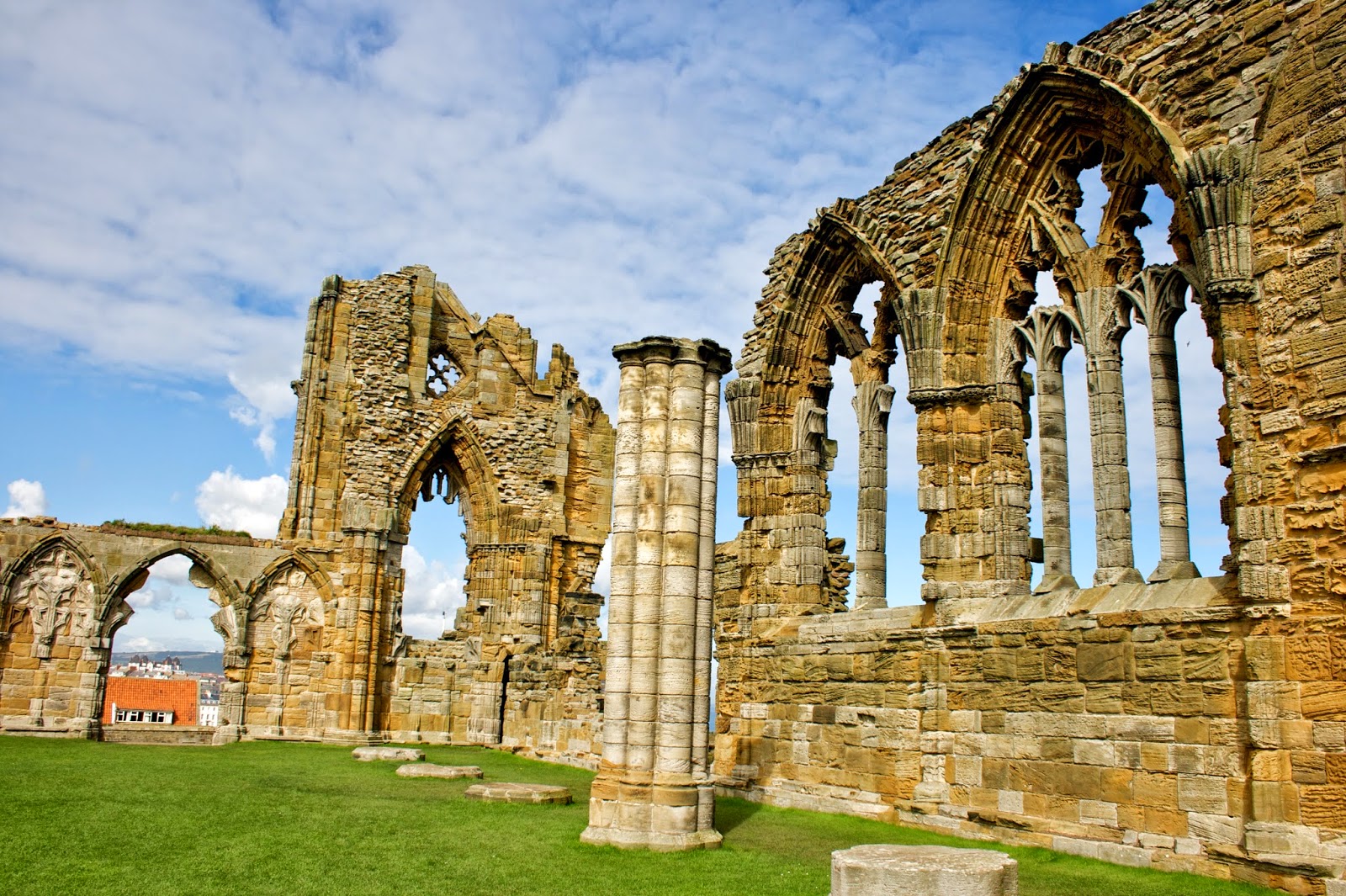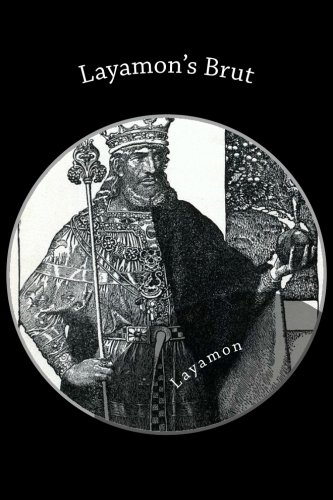Epinicion:
An epinicion is a triumphal song or ode that commemorates a victory, most notably those achieved at the Olympic Games or in honor of a victor in war. The word derives from the Greek term epinikion, which comes from the neuter form of epinikios, meaning "of victory." This, in turn, is formed from epi- meaning…









